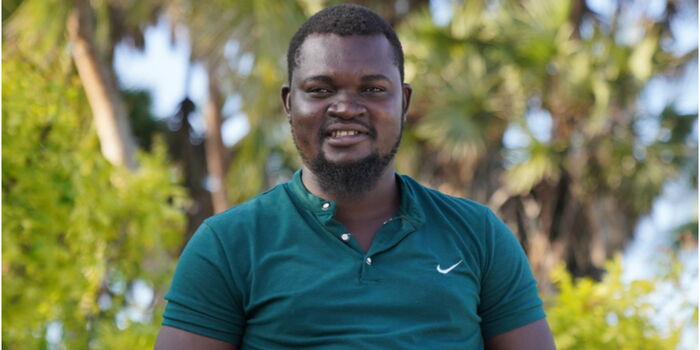The death of Albert Omondi Ojwang while in police custody has sparked a national outcry and ignited deep concern about how Kenyan law enforcement treats those in their care. Albert was a 31-year-old teacher and a popular social media influencer who had a growing online presence.
On June 7, 2025, he was arrested in Homa Bay County after Deputy Inspector General of Police Eliud Lagat raised a complaint regarding one of his social media posts. Less than a day later, Albert was dead his lifeless body found in a cell at the Nairobi Central Police Station, located roughly 350 kilometers from where he was first detained.
The unusual and unexplained transfer from Homa Bay to Nairobi has become one of the most disturbing parts of this case.
In Kenya, transferring a suspect from one county to another is not a routine matter. It is a process guided by clear legal procedures, which require a formal application in court and a judge’s approval.
These steps exist to prevent abuse and ensure that suspects’ rights are protected throughout any investigation or detention.
However, in Albert’s situation, there appears to have been no such court process.
As reported by KTN News and highlighted by concerned legal voices, this failure to follow the law has alarmed many. Critics, including legal experts, human rights groups, and the general public, are now asking why Albert was transported all the way to Nairobi when police stations and legal systems in Homa Bay were fully capable of handling the matter.
The Law Society of Kenya and Kenyans at large have both demanded transparency about the rationale behind the costly and legally questionable transfer. They want to know why public resources were used for such a journey and whether there was a deeper agenda. The Police Reforms Working Group has hinted at a more sinister motive, suggesting the relocation might have been designed to subject Albert to harm away from local scrutiny.
Civil groups have strongly condemned the move, pointing out that it breached constitutional rights that are supposed to protect every arrested citizen.
Following his death, the police initially claimed that Albert had died after hitting his head on the wall inside the cell. However, his family’s lawyer painted a different and much more troubling picture.
According to the lawyer, Albert had clear signs of torture swelling, bruises, and injuries that could not have come from simply falling. This contradiction has only intensified the public’s suspicion and outrage over what may have happened behind closed doors.
In response, the Independent Policing Oversight Authority (IPOA) has launched an investigation and suspended five police officers who were on duty that night, including the Officer Commanding Station and others responsible for the cells and reporting area.
Public anger has continued to grow, leading to protests outside the Nairobi City Mortuary and earlier witnessed at Ngong Road where Albert’s body was taken.
Protesters chanted “Stop killing us” and called for justice, saying the sequence of events from his sudden arrest to his long-distance transfer and suspicious death pointed to a planned and deliberate operation to silence him.
Many believe that Albert was targeted for his online criticism of powerful individuals, and that the police may have been used as a tool to intimidate or eliminate him.
Until the full facts are known, suspicion will continue to grow, and the image of the police as protectors of the people will remain badly tarnished.
The tragedy of Albert Ojwang’s death is now a symbol of a larger problem one that Kenya must confront honestly and urgently.





















Add Comment